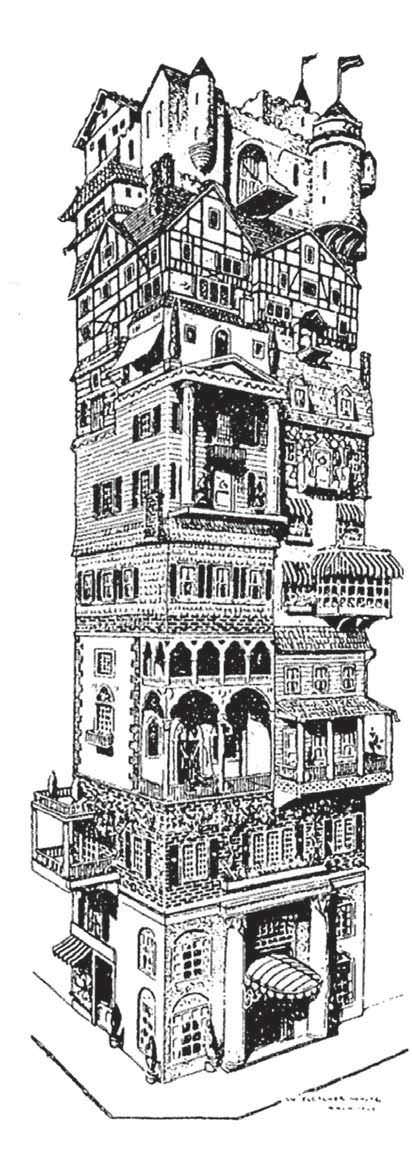Essayer OR - Gratuit
The Stacked House
Domus India
|May 2017
Le Corbusier’s immeuble-villas; the stacked houses studied by Diotallevi and Marescotti; and the habitat marocain in Casablanca by Georges Candilis/AtBat Afrique are three modernist references examined by Giorgio Peghin as a typology still of interest today.

The detached house typically found in cities with expansive residential neighbourhoods is the diffuse expression of the type of home living to which we aspire. Despite the negative effects on land consumption, it is our ideal model. The search for an alternative, the idea of combining the detached house with collective living, is the theme that unites the following three projects: the unbuilt immeublevillas (1922) by Le Corbusier; studies for stacked villas (1930s) by Irenio Diotallevi and Franco Marescotti; and the habitat du plus grand nombre (1950s) by Georges Candilis for AtBat Afrique in Morocco. Before them, the idea was ridiculed. In 1909, Life magazine published a full-page cartoon by A.B Walker showing conventional houses stacked on an open skyscraper frame.
The “stacked house” has been experiencing a comeback. We see it in the utopian project Highrise of Homes (1981) by James Wines, a founding member in 1970 of the SITE architectural group; in work by Junya Ishigami; and in an indirect way and for its media success, the Bosco Verticale residential towers (2014) in Milan by Stefano Boeri.
Cette histoire est tirée de l'édition May 2017 de Domus India.
Abonnez-vous à Magzter GOLD pour accéder à des milliers d'histoires premium sélectionnées et à plus de 9 000 magazines et journaux.
Déjà abonné ? Se connecter
Translate
Change font size
